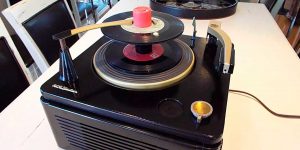While both connectors serve the purpose of transmitting audio signals, they possess distinct characteristics and applications. Understanding the differences is essential for achieving optimal audio quality and ensuring compatibility with your audio devices. In this article, I will compare phono vs line connectors, along with scenarios where one type may be more suitable than the other, to help you make a decision when choosing the right connector for your audio needs.
Understanding the basics

What is phono?
Phono refers to a type of audio connector commonly known as an RCA. It is widely used for connecting turntables or record players to audio systems. It consists of two separate cables, one with a red connector and the other with a white, representing the right and left audio channels, respectively. These connectors are usually located on the back of audio receivers, amplifiers, or other audio equipment.
The purpose of the phono connector is to capture and reproduce the delicate nuances of vinyl records. Vinyl records store analog audio signals, and playing them back requires specialized equipment to accurately reproduce the sound. Phono connectors are optimized for this task and ensure that the audio signal from the turntable is correctly amplified and equalized.
What is a line?
A line-level connector is designed to carry audio signals that have already been preamplified to a standardized level. Line connectors are versatile and widely used in various audio applications, including connecting CD players, digital audio players, audio interfaces, mixers, amplifiers, speakers, and other audio equipment. They provide a standardized interface for transmitting audio signals, allowing for easy compatibility and interconnection between different devices in audio setups.
Line connectors come in different types and configurations, such as XLR (balanced) and TRS (Tip-Ring-Sleeve) connectors. They are designed to transmit audio signals over longer distances without significant signal degradation or interference.
Phono vs line: The technical differences
To understand the basics, I’ve created this table with a general overview of the technical differences between phone and line connectors based on a few parameters. Actual specifications and compatibility may vary depending on specific audio devices and equipment.
| Parameters | Phono connectors | Line connectors |
|---|---|---|
| Signal strength and amplification | Weak, unbalanced signal. Requires additional amplification and equalization. | Stronger, preamplified signal. Typically does not require additional amplification. |
| Equalization and sound quality | Requires equalization for accurate audio reproduction. Optimized for preserving the warmth and richness of analog sound. | Standardized line-level signals for clean and accurate audio reproduction. Offers improved noise rejection and audio fidelity. |
| Compatibility with devices | Primarily used for connecting turntables or record players. Typically requires a phono preamp or phono stage for amplification. Specific to vinyl enthusiasts and dedicated audio systems. | Used for various audio devices such as CD players, amplifiers, mixers, and more. Compatible with standard line-level inputs on audio devices. Versatile and compatible with a wide range of audio applications. |
Practical applications
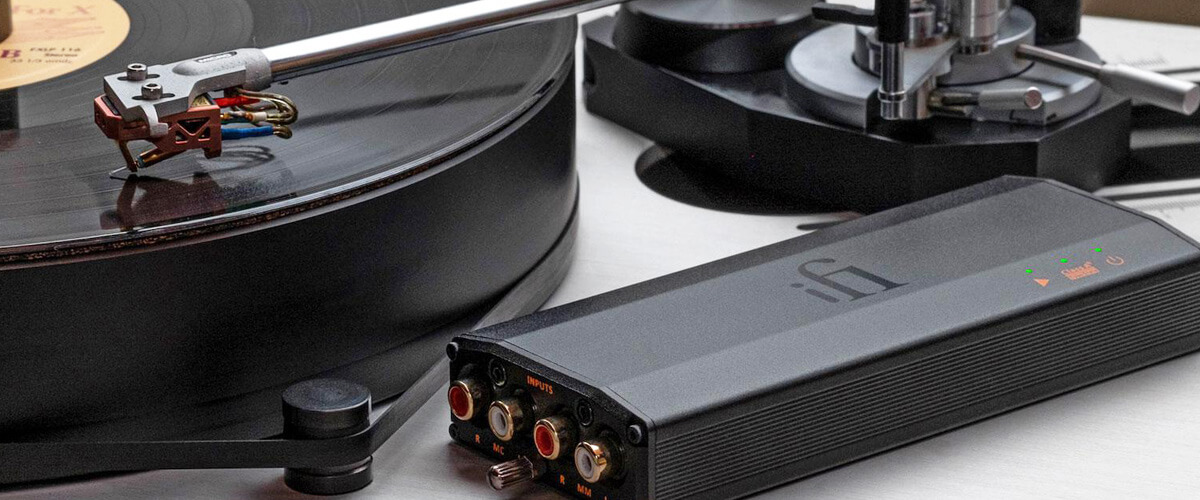
I’d like to note that when comparing turntable phono vs line, the first type has specific applications for vinyl playback, and line connectors offer more versatility and compatibility across a wide range of audio devices and setups. The choice of connector depends on the specific audio sources, equipment, and the desired audio quality for each application. Still, I will give you some examples of where you can use them.
When to use phono inputs
The primary practical application of phono connectors is for playing vinyl records to ensure optimal sound reproduction since they offer a more authentic listening experience.
Phono connectors are commonly used in DJ setups where vinyl turntables are utilized. DJs connect their turntables to mixers or controllers via phono inputs to mix and manipulate vinyl records for live performances or recording sessions.
It also can be used for Hi-Fi audio systems with a vinyl setup to achieve the prime sound quality from your vinyl records. If your audio system includes built-in phono stages or preamps, phono inputs can also be used to take advantage of the built-in amplification and equalization specifically tailored for vinyl playback.
When to use line inputs
They are commonly used in home theater systems to connect audio sources like DVD or Blu-ray players, gaming consoles, set-top boxes, and streaming devices. The line-level signals ensure a clean and accurate audio reproduction for immersive movie-watching or gaming experiences.
Line inputs are widely utilized in professional audio setups, including recording studios, live performances, and sound reinforcement systems. They are compatible with audio mixers, amplifiers, audio interfaces, and other professional audio equipment.
If your audio system or amplifier lacks dedicated phono inputs or built-in phono stages, using line inputs becomes the practical choice. They are the standard connections found on most audio devices and provide the versatility and compatibility required for a wide range of audio sources.
Remember, the choice between phono and line inputs depends on the specific audio devices you are using and the type of signals they produce. Always refer to the equipment’s documentation or consult the manufacturer’s guidelines to ensure the correct use of inputs for optimal audio performance.

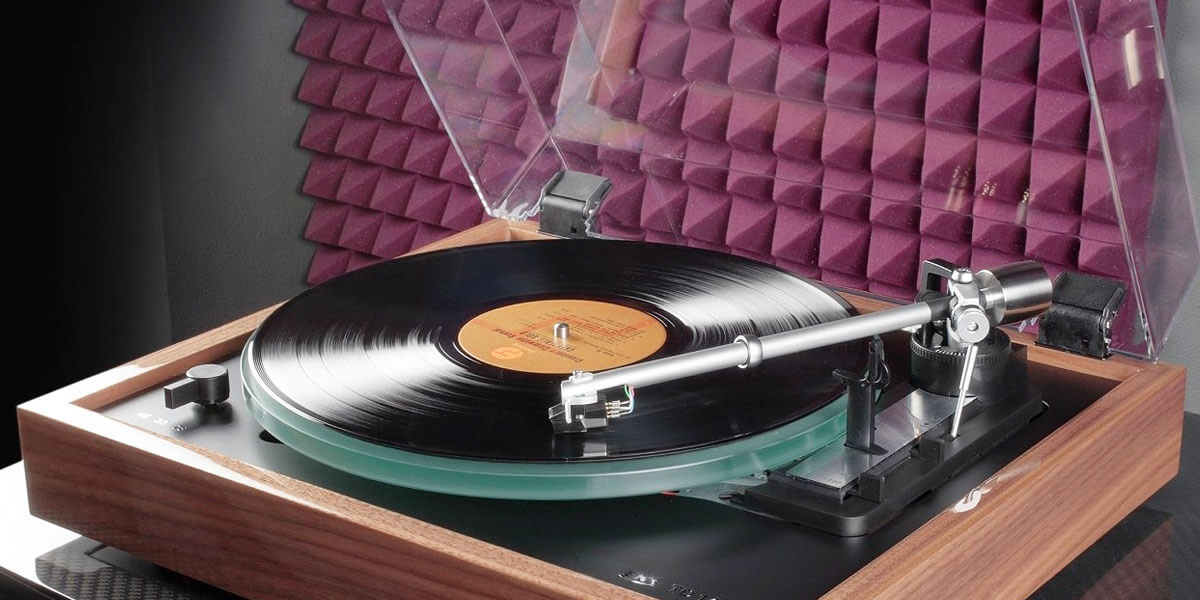
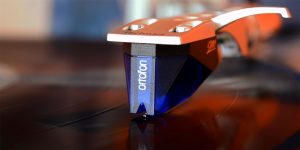



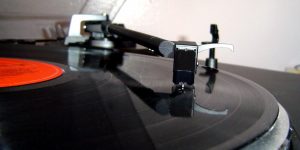
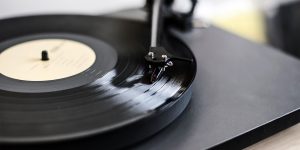
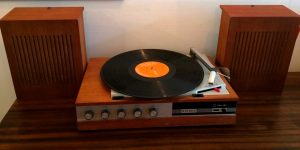
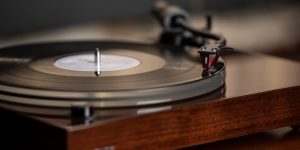

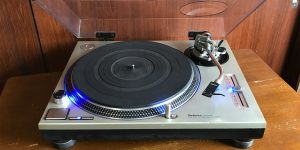
![Connect a Turntable to Your Wireless Bluetooth Speakers [Easy Guide]](https://www.vinylrecordday.org/wp-content/uploads/2021/12/tuntable-and-sonos-speaker-300x150.jpg)
